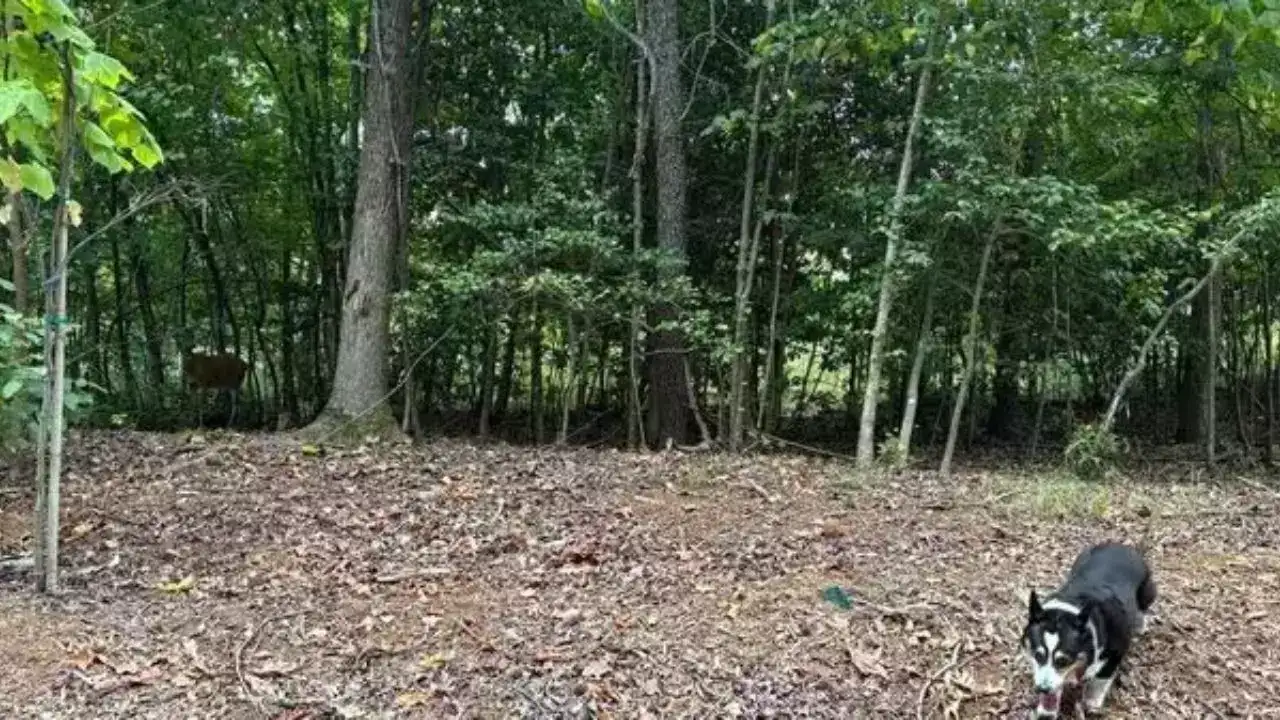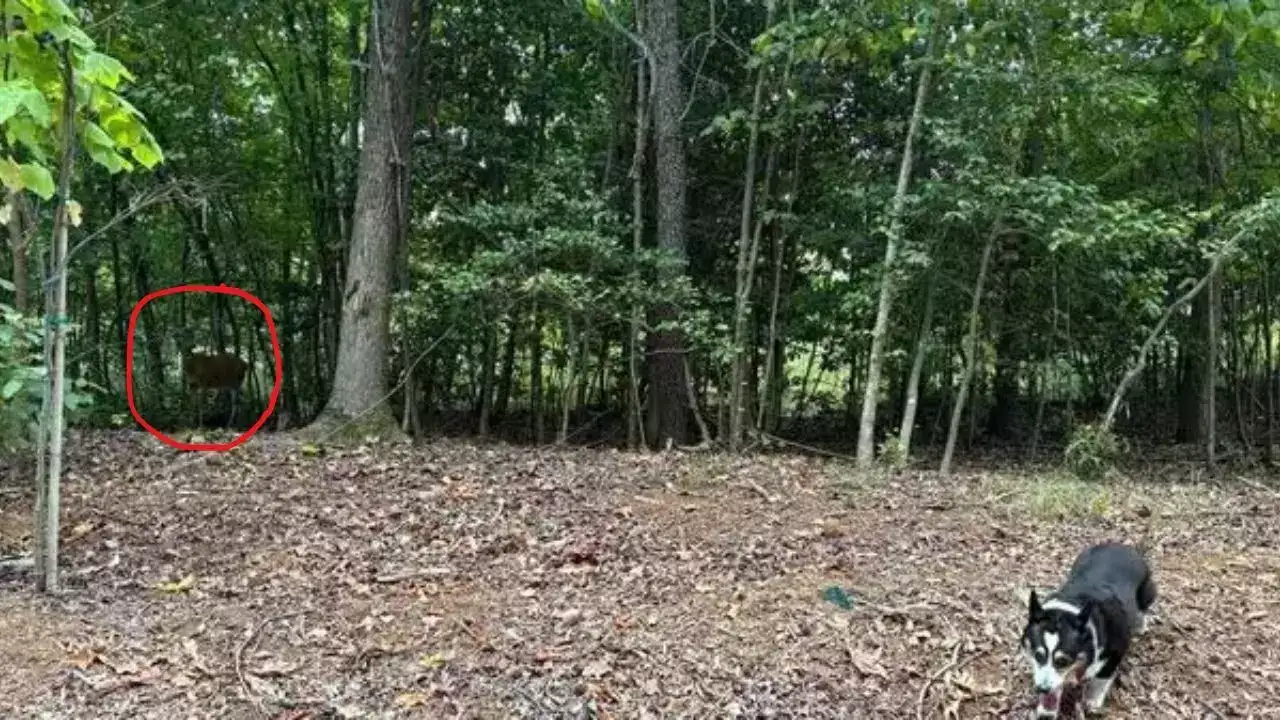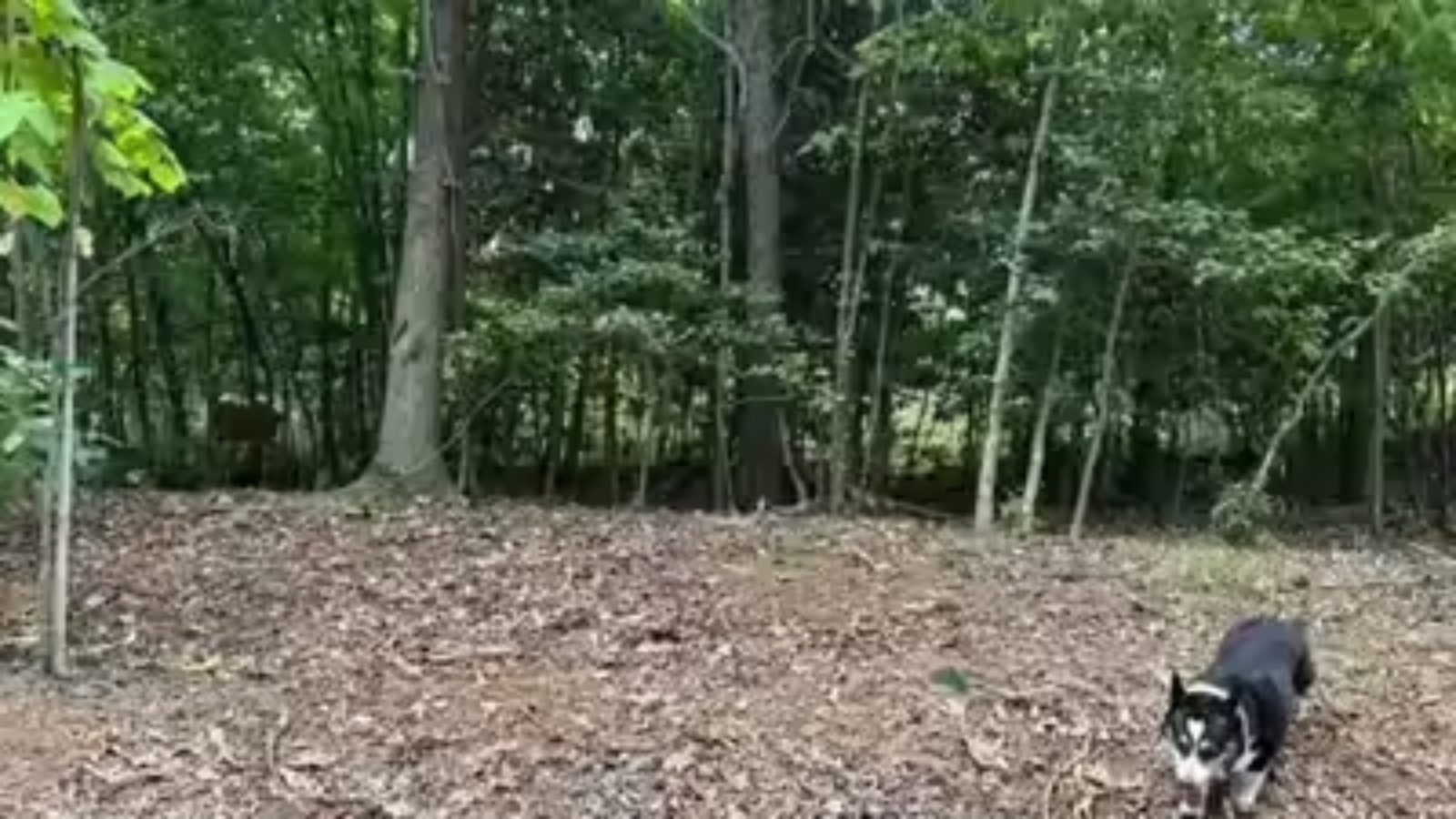Have you ever stared at an image, convinced there’s nothing unusual about it, only to suddenly see something completely unexpected? Optical illusions have captivated humans for centuries, challenging our perception and revealing the incredible complexity of how our brains process visual information. These mind-bending puzzles aren’t just entertaining—they offer valuable insights into human psychology and can significantly improve your observation skills.
What Makes Hidden Object Illusions So Compelling?
Hidden object illusions represent one of the most engaging forms of visual puzzles available today. Unlike traditional optical illusions that play with shapes, colors, or perspective, these challenges require viewers to identify specific objects cleverly concealed within seemingly ordinary images. The satisfaction of finally spotting that elusive hidden element creates a powerful “aha moment” that keeps people coming back for more.
When you encounter a visual puzzle featuring a hidden dog, cat, or other object, your brain immediately begins scanning for familiar patterns. This process, called pattern recognition, is fundamental to human survival and has evolved over millions of years. Your visual cortex works tirelessly to identify shapes, textures, and forms that match stored memories of objects you’ve encountered before.
Forest Optical Illusion Hides a Deer Can You Spot It in Seconds?

The Science Behind Visual Perception and Hidden Objects
How Your Brain Processes Visual Information
Understanding why some people can quickly spot hidden objects while others struggle requires examining the complex process of visual perception. When light enters your eyes, it’s converted into electrical signals that travel through your optic nerve to your brain’s visual cortex. Here, millions of neurons work together to interpret these signals and create the images you “see.”
Your brain doesn’t simply record visual information like a camera. Instead, it actively interprets, filters, and sometimes fills in missing details based on past experiences and expectations. This sophisticated processing system occasionally leads to perceptual errors, which optical illusion creators exploit to hide objects in plain sight.
The Role of Attention and Focus
Selective attention plays a crucial role in hidden object puzzles. When you’re told to look for a specific item, your brain prioritizes certain visual features while filtering out others. This focus can be both helpful and hindering—while it allows you to search more efficiently, it might also cause you to overlook the very object you’re seeking if it doesn’t match your expectations.
Research shows that people with better visual scanning abilities tend to perform better on hidden object tasks. These individuals can systematically examine different areas of an image without losing track of where they’ve already looked. This skill proves valuable not only for solving puzzles but also for real-world activities like driving, reading, and professional tasks requiring attention to detail.
Different Types of Optical Illusions and Hidden Object Challenges
Camouflage-Based Illusions
The most common type of hidden object optical illusion relies on camouflage principles. Objects are concealed by matching their colors, textures, or patterns to the surrounding environment. A brown dog might be hidden among tree bark textures, or a white cat could blend seamlessly with clouds in the sky.
Negative Space Illusions
These sophisticated puzzles use the empty spaces between objects to create hidden images. The famous example is the FedEx logo, where an arrow appears in the negative space between the “E” and “x.” In hidden animal puzzles, creatures might be formed by the spaces between leaves, architectural elements, or other objects in the image.
Overlapping Figure Illusions
Some visual puzzles hide objects by overlapping them with other elements in the image. A dog’s silhouette might be created by the intersection of shadows, or its outline could be formed by the edges of multiple objects working together.
Benefits of Solving Optical Illusions and Visual Puzzles
| Cognitive Benefit | How It Helps |
|---|---|
| Enhanced Focus | Improves sustained attention and reduces mind-wandering during important tasks |
| Pattern Recognition | Strengthens ability to identify trends, connections, and relationships in daily life |
| Visual Processing | Increases speed and accuracy of interpreting visual information |
| Problem-Solving | Develops systematic approaches to tackling complex challenges |
| Memory Enhancement | Exercises working memory through active visual scanning and comparison |
| Stress Reduction | Provides meditative focus that can lower anxiety and promote relaxation |
Regular engagement with optical illusions and hidden object puzzles can provide measurable cognitive benefits. Studies indicate that people who regularly challenge their visual perception show improvements in attention span, memory retention, and analytical thinking. These exercises essentially function as a gym workout for your brain, strengthening neural pathways responsible for visual processing.
Proven Strategies for Spotting Hidden Objects
The Systematic Scanning Method
Rather than randomly searching an image, develop a systematic approach. Start from one corner and methodically examine each section, moving in a grid pattern across the entire image. This technique ensures you don’t repeatedly examine the same areas while missing others entirely.
Change Your Perspective
Sometimes stepping back from an image or viewing it from different angles can reveal hidden elements. Try zooming out to see the bigger picture, or tilt your head to change your perspective. Many hidden objects become more apparent when viewed from unexpected angles.
Focus on Edges and Boundaries
Hidden objects are often concealed along the edges where different elements meet. Pay special attention to areas where colors, textures, or shapes transition from one to another. These boundary regions frequently contain cleverly disguised elements.
Use Peripheral Vision
Interestingly, sometimes looking slightly away from where you think an object might be hidden can help you spot it. Your peripheral vision processes information differently than your central vision and might detect patterns or shapes that your focused attention misses.
The Psychology Behind Why We Love Visual Challenges
The Dopamine Connection
Successfully solving a visual puzzle triggers the release of dopamine, a neurotransmitter associated with pleasure and reward. This chemical reaction explains why discovering hidden objects feels so satisfying and why people often become “addicted” to these challenges.
Social Sharing and Competition
Optical illusions have become incredibly popular on social media platforms because they encourage sharing and friendly competition. People love to challenge friends and family members, creating a sense of community around these visual puzzles. The social element adds an extra layer of motivation and enjoyment to the solving process.
Tips for Creating Better Observation Skills
Regular practice with hidden object illusions can significantly improve your everyday observation skills. Start with easier puzzles and gradually increase the difficulty level. Pay attention to details in your daily environment—notice architectural features, natural patterns, and subtle changes in familiar settings.
Consider timing yourself when solving visual puzzles to track improvement over time. Many people find that their scanning speed and accuracy increase dramatically with consistent practice. Keep a record of your best times and celebrate improvements, no matter how small.
Common Mistakes to Avoid When Solving Visual Puzzles
Rushing through the search is perhaps the biggest mistake people make when attempting hidden object challenges. Take your time and resist the urge to quickly scan the image. Patience and persistence often prove more valuable than speed when it comes to spotting well-concealed objects.
Another common error is getting fixated on one area of the image. If you’ve been staring at the same section for more than 30 seconds without success, move to a different area and return later with fresh eyes. Sometimes a brief change of focus can provide the new perspective needed to spot the hidden element.
Optical Illusion Answer

Frequently Asked Questions
Q: How long should I spend looking for a hidden object?
Most experts recommend spending 5-10 minutes maximum on any single puzzle to avoid frustration and maintain enjoyment.
Q: Are some people naturally better at spotting hidden objects?
Yes, individuals with strong spatial intelligence and visual processing skills often perform better, but anyone can improve with practice.
Q: Can solving optical illusions improve my vision?
While puzzles won’t improve your eyesight, they can enhance your brain’s ability to process and interpret visual information more effectively.
Optical Illusion Count the Cats in 15 Seconds Only for Sharp-Eyed Pet Lovers
